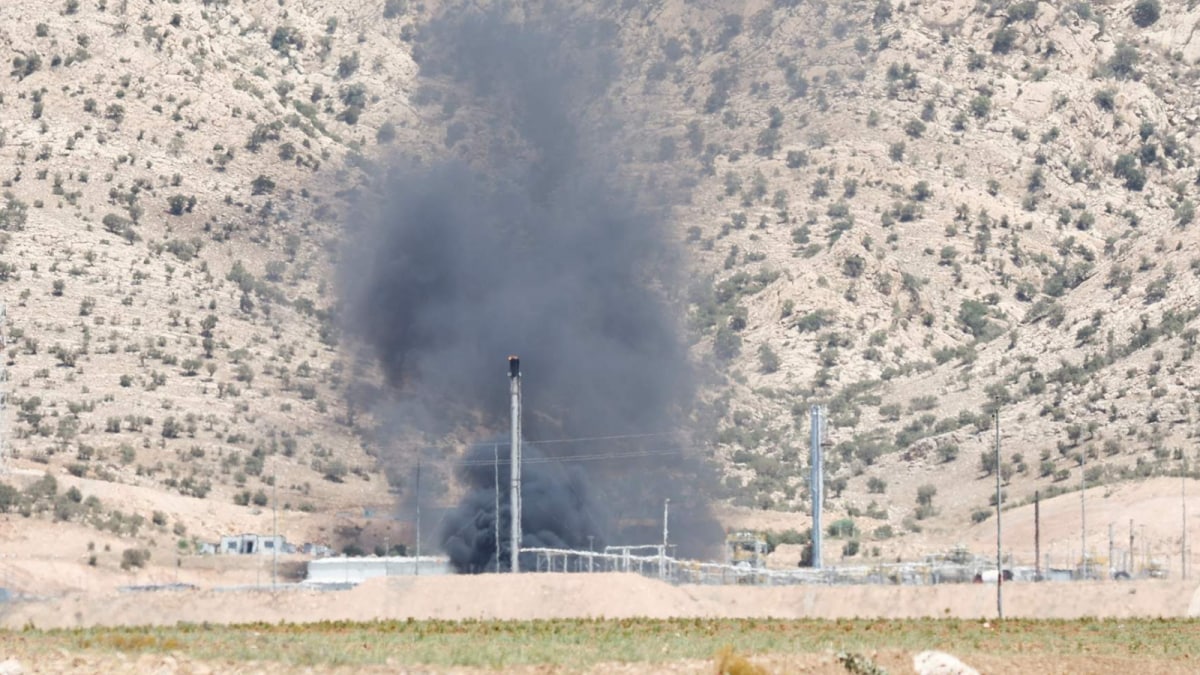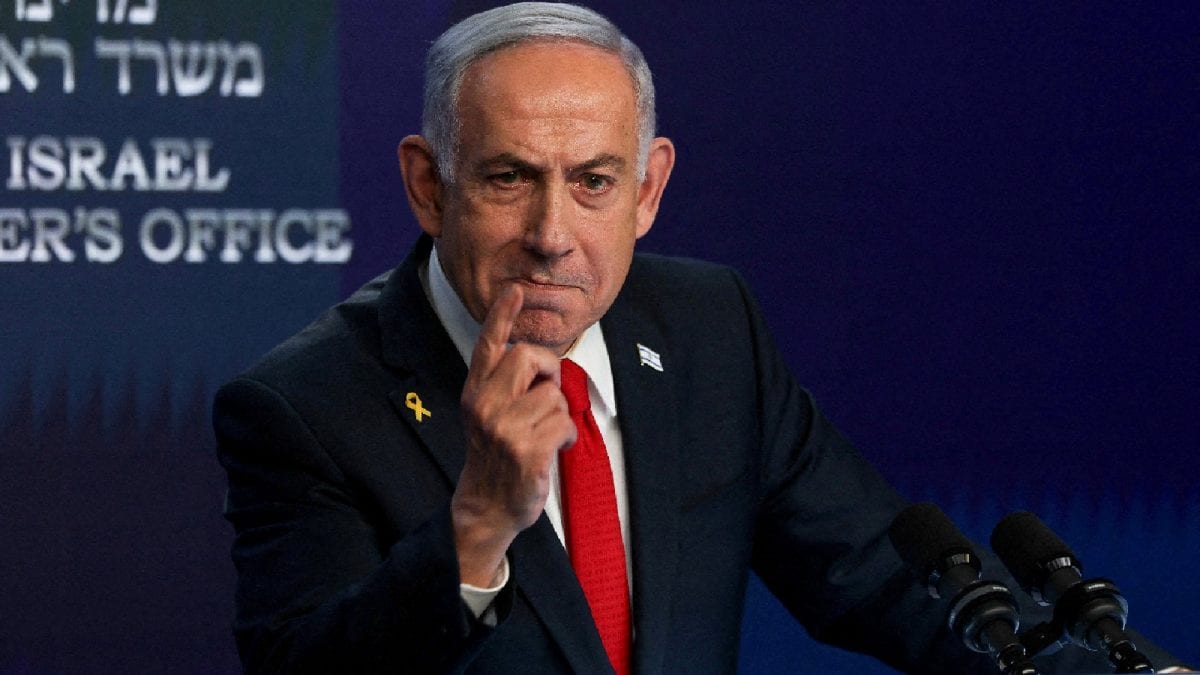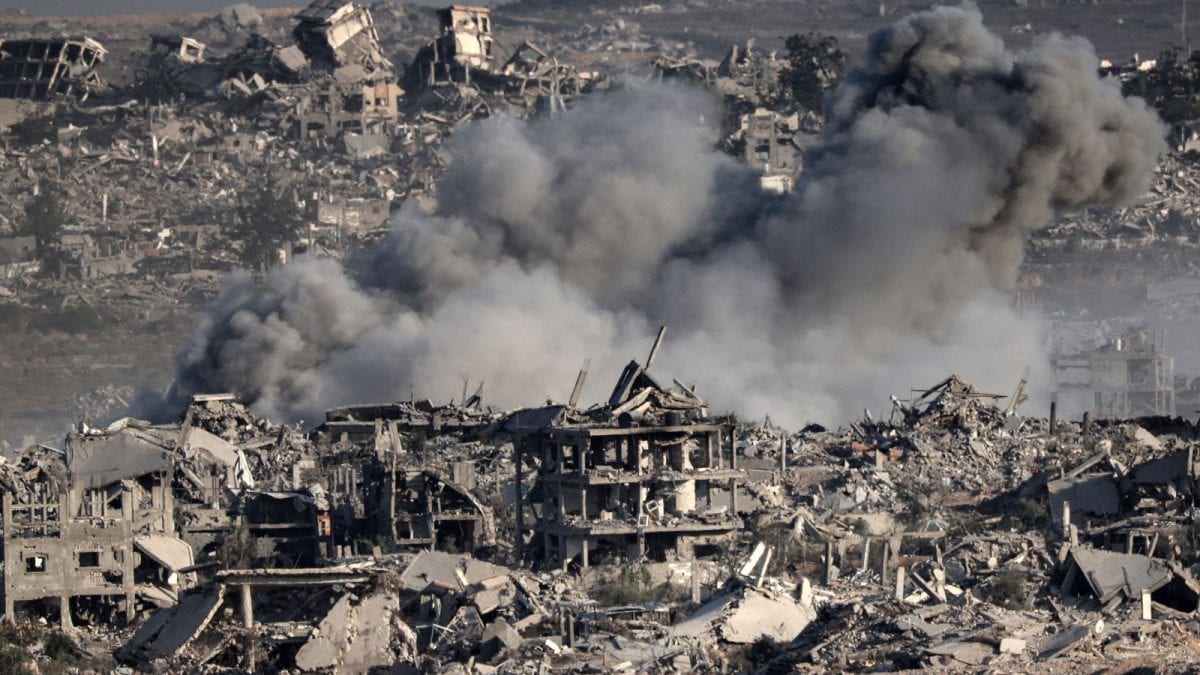Last Updated:July 17, 2025, 20:24 IST
US President Donald Trump did not want to engage the US in a prolonged conflict in West Asia with Iran.

Trump rejected plan for prolonged Iran strikes, wary of dragging US into deeper conflict. (IMAGE: REUTERS FILE)
US President Donald Trump personally rejected a sweeping military plan to expand US strikes on Iran, broadcaster NBC News said in a new report, citing current and former officials familiar with the deliberations.
The proposal, drawn up by the US Central Command (CENTCOM), would have targeted three more nuclear sites and unfolded over several weeks. The report said that the plan stretched far beyond the limited strikes Trump eventually authorized last month.
The report highlighted that the US President wanted to be consistent with his desire to avoid prolonged foreign entanglements for the US military and is said to have pushed back on the idea.
Officials told the broadcaster that Trump was wary of dragging the US into a deeper conflict with Tehran and concerned about potential casualties on both sides.
The CENTCOM plan, dubbed the “All-In Plan" by some officials, had envisioned a sustained offensive, but the NBC News report said Trump’s instinct was to opt for a shorter, more targeted action.
The US strikes last month targeted three key nuclear enrichment sites in Iran — Fordow, Natanz and Isfahan.
According to two serving officials, the attack on Fordow, considered a cornerstone of Iran’s nuclear ambitions, was the most significant, with US intelligence assessing that it may have set back enrichment operations there by up to two years.
Much of the Trump administration’s public messaging after the strikes has zeroed in on Fordow. In a Pentagon briefing responding to early Defense Intelligence Agency assessments, which suggested Iran’s nuclear program overall had been delayed by only three to six months, Defence Secretary Pete Hegseth and Joint Chiefs Chairman General Dan Caine focused heavily on Fordow’s impact, offering little comment on the strikes at Natanz and Isfahan.
Before the strikes, US officials were aware that Iran had hardened facilities and stockpiles of enriched uranium at Natanz and Isfahan and some likely buried too deep even for the US military’s 30,000-pound GBU-57 “bunker buster" bombs, the NBC News report said. These massive bombs, which had never been used in combat until the Iran operation, were specifically designed for deeply fortified sites like Fordow, built into the side of a mountain.
However, by 2023, intelligence suggested that Iran was expanding tunnel networks at Natanz, possibly digging deeper than the GBU-57’s reach. Isfahan, too, was believed to have underground tunnels. While the US deployed GBU-57s at Natanz, it opted for Tomahawk missile strikes on surface targets at Isfahan, avoiding the bunker busters there altogether.

Shankhyaneel Sarkar is a senior subeditor at News18. He covers international affairs, where he focuses on breaking news to in-depth analyses. He has over five years of experience during which he has covered sev...Read More
Shankhyaneel Sarkar is a senior subeditor at News18. He covers international affairs, where he focuses on breaking news to in-depth analyses. He has over five years of experience during which he has covered sev...
Read More
Washington D.C., United States of America (USA)
First Published:News world Trump Rejected Army’s Iran Attack Plan, US Damaged Only 1 Of 3 Key Nuke Sites: Report
Disclaimer: Comments reflect users’ views, not News18’s. Please keep discussions respectful and constructive. Abusive, defamatory, or illegal comments will be removed. News18 may disable any comment at its discretion. By posting, you agree to our Terms of Use and Privacy Policy.

 6 hours ago
6 hours ago

















